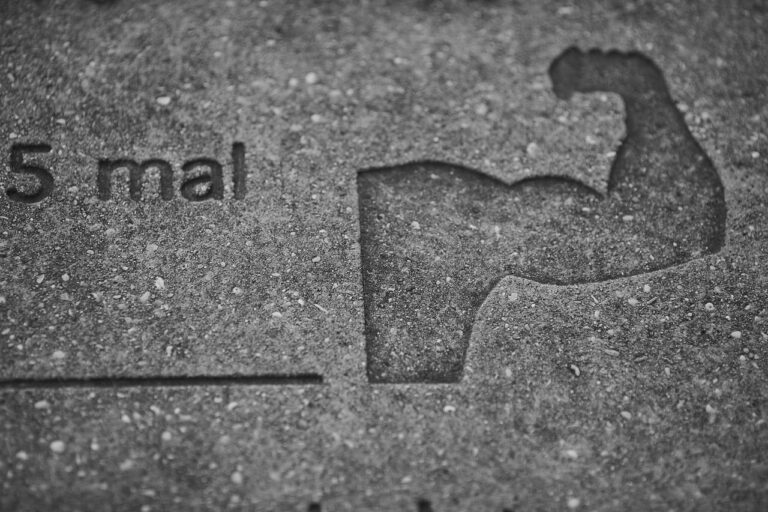Everything You Need to Know About the Rigid Bronchoscope
Respiratory care and pulmonary interventions have evolved significantly over the past few decades. One of the critical instruments at the forefront of advanced airway management and therapeutic bronchoscopic procedures is the Rigid Bronchoscope Unlike its flexible counterpart, the rigid bronchoscope plays a unique and vital role in modern medicine, particularly in cases where precision, airway control, and specific therapeutic interventions are required. In this article, we will explore the uses, benefits, procedure, and safety aspects of the rigid bronchoscope, as well as its increasing demand in the medical field.
What Is a Rigid Bronchoscope?
A rigid bronchoscope is a straight, hollow metal tube used by doctors—mainly pulmonologists and thoracic surgeons—to visualize the airways and perform specific procedures. It is introduced through the mouth and into the trachea under general anesthesia. Due to its solid and wide structure, it provides excellent access to the central airways and enables the passage of surgical tools to perform various interventions.
Unlike the flexible bronchoscope, which is better suited for diagnostic evaluations and accessing smaller bronchial branches, the rigid bronchoscope is often employed for therapeutic and emergency interventions. These include removing foreign bodies, controlling bleeding, managing airway tumors, stenting, and dilation of airway strictures.
Historical Background
The use of bronchoscopes dates back to the late 19th century. Gustav Killian, a German laryngologist, is credited with performing the first bronchoscopy using a rigid metal tube to remove a foreign object from a patient’s airway. Since then, the rigid bronchoscope has undergone multiple innovations, becoming a vital tool in the surgical suite.
While flexible bronchoscopes have become more commonly used for diagnostic purposes due to their maneuverability and patient comfort, the rigid bronchoscope remains essential in situations where control and access are paramount.
When Is a Rigid Bronchoscope Used?
The rigid bronchoscope is often selected for more complex or emergency procedures, including:
-
Foreign Body Removal: It is particularly effective in retrieving foreign objects from the tracheobronchial tree, especially in pediatric patients.
-
Airway Tumor Management: Rigid bronchoscopy allows surgeons to remove or debulk tumors causing airway obstruction.
-
Stent Placement: The rigidity and diameter of the scope facilitate the placement of airway stents in patients with tracheal or bronchial collapse or obstruction.
-
Massive Hemoptysis: In cases of life-threatening airway bleeding, the rigid bronchoscope allows for better suctioning, ventilation, and control.
-
Balloon Dilation: Strictures within the airway can be dilated using balloons passed through the rigid scope.
Because of these capabilities, the rigid bronchoscope is a cornerstone of interventional pulmonology and thoracic surgery.
Benefits of Using a Rigid Bronchoscope
There are numerous benefits associated with the use of a rigid bronchoscope:
-
Larger working channel: Enables the passage of large instruments and stents.
-
Superior ventilation: Allows controlled ventilation during the procedure, even in critically ill patients.
-
Efficient suctioning: Essential for removing blood, secretions, or debris.
-
Better control: Offers more stability and strength when manipulating tissues or foreign bodies.
-
Enhanced safety: Especially useful in managing emergencies like airway bleeding or obstructions.
These advantages make the rigid bronchoscope indispensable for certain patient populations and scenarios.
The Procedure: What Patients Can Expect
Before undergoing a rigid bronchoscopy, the patient is typically evaluated through imaging studies such as chest X-rays or CT scans. The procedure is conducted under general anesthesia in a controlled surgical environment.
-
Preparation: The patient is placed under general anesthesia to ensure comfort and immobility.
-
Insertion: The rigid bronchoscope is carefully introduced through the mouth into the trachea.
-
Examination/Intervention: The doctor examines the airway and may perform procedures such as tumor removal, stent placement, or foreign body extraction.
-
Ventilation: Throughout the procedure, the patient’s breathing is supported through the scope itself.
-
Recovery: After the procedure, the patient is monitored in a recovery area until the effects of anesthesia wear off.
The entire process usually lasts between 30 to 90 minutes, depending on the complexity of the intervention.
Rigid Bronchoscope vs. Flexible Bronchoscope
While both types of bronchoscopes serve essential roles, they differ in function and application. The rigid bronchoscope is primarily used for therapeutic and emergency interventions due to its strength, stability, and larger diameter. On the other hand, the flexible bronchoscope is used for routine diagnostics and outpatient evaluations, offering better reach into smaller airways.
In many medical centers, both types of bronchoscopes are used in tandem, depending on the patient’s condition and procedural goals.
Training and Expertise Required
Performing a rigid bronchoscopy requires specialized training and expertise. The scope’s rigid nature and the need for general anesthesia mean that only trained thoracic surgeons or interventional pulmonologists typically perform these procedures.
Proper handling is crucial to avoid complications such as injury to the airway or dental structures. As technology advances, simulation training has become a helpful tool in preparing medical professionals for real-life scenarios involving rigid bronchoscopes.
Safety and Risks
While rigid bronchoscopy is generally safe, like any medical procedure, it carries some risks. These may include:
-
Airway trauma
-
Bleeding
-
Dental damage
-
Infection
-
Reactions to anesthesia
However, in skilled hands and with proper patient selection, the complication rate remains low. Continuous monitoring and post-operative care are essential to ensure patient safety.
Innovations in Rigid Bronchoscopy
In recent years, significant innovations have emerged to enhance the effectiveness of rigid bronchoscopes. These include:
-
High-definition optics for better visualization.
-
Integrated ventilation systems that allow better oxygenation.
-
Advanced stenting devices for long-term airway support.
-
Hybrid scopes combining features of both rigid and flexible bronchoscopes.
Medical device manufacturers in India, including regions like Jalgaon, are now developing and distributing world-class rigid bronchoscopic systems to meet the rising demand in both urban and rural healthcare settings. This local manufacturing push has made it easier for hospitals across India to access high-quality bronchoscopic tools at competitive costs.
Conclusion
The Rigid Bronchoscope continues to be an invaluable tool in respiratory and surgical medicine. Despite the growth and popularity of flexible scopes, there remains a crucial role for the rigid version, particularly in emergency airway management, tumor debulking, and complex interventions.
Its ability to allow large instrument passage, ensure airway control, and manage life-threatening situations makes it indispensable in modern medicine. As awareness grows and more physicians are trained in rigid bronchoscopy, patients across the world—especially in growing healthcare hubs like India—can benefit from timely and effective interventions.
In summary, whether you are a healthcare professional seeking to understand its clinical applications, or a patient undergoing such a procedure, the rigid bronchoscope represents the power of precision, safety, and innovation in the medical field.







